That brings me to the question of whether or not you’ve tweaked “Woolf Works” since it premiered.
Obviously, when you have a new cast, they bring a completely different flavor; it’s a living thing. They’re interpreters, incredible artists who change the emphasis and inflections to make it their own. But there are no structural differences. I haven’t changed the music, the design, [etc.] To me, a work is a collection of decisions that you make at the time you make it. Tweaking doesn’t fit naturally for me. It’s a capsule of the time it was made; but it’s also timeless - hopefully. All you can do is make the best version of the work you can, [and] history will do its job.
You have collaborators you’ve worked with for a number of years. What is your process with them? The British composer Max Richter, for example, wrote the original score for “Woolf Works.”
I’ve done many projects with Max and have been working with him for 20 years. With Max, it’s very back and forth: He sends me an idea; I send ideas to him. It’s very intuitive and interwoven. That’s one of the great things about Max, and why I chose him originally. He kind of highjacks your personal memory bank. His music gives you access to deep layers of emotions that will unfold perfectly for Woolf. He writes like she wrote. His images are slippery, not always concrete.
And working with your dramaturg, Uzma, and your lighting designer, Lucy Carter?
Uzma’s done most of my works throughout my career. She’s a scholar; she’s fantastic at helping and directing me to particular research. She’s not writing a dance scenario—we don’t work like that. We exchange ideas and we’re in the studio for periods of time, looking at choreographic decisions I’m making and what she’s seeing in the room.
Lucy has been with me for 33 years, for all of my ballets. With Lucy, for me, everything is choreographic. I don’t make a piece of choreography and she comes in and lights it. I already use light choreographically. I’m in all of the sessions with her. We sculpt the light together. I do this with all my collaborators from the beginning, we’re developing all ideas together.
We [also] worked with the architect practice, Ciguë. The first act moves at different speeds and refracts space. Another architecture firm [We Not I] filled Act Two with lasers, and lasers create spaces. It’s almost the idea of Woolf’s world of “rainbow and granite.” The granite is the blank space, the rainbow is the prismatic view.
There are also video projections and film by Ravi Deepres.
The film [in] the first act [features] Woolf’s garden, where we did a live scan of her garden, because you have all of this documentary footage of her life that is embedded in the work itself. It’s not decorative, but are the places she went to write and was experiencing. It’s a beautiful connection to her biography.
[In the third act], I wanted a very large panoramic screen that looks like a photo of the sea, but you realize as the work progresses, it’s not a photo, but a video of a sea that gets more tumultuous and is really raging by the end. It looks still, but is in motion. We filmed the sea in St. Ives [in Cornwall], a place where Virginia went to a lot, [though] it’s not where she killed herself, but is a place she really loved. She had a house there, and it’s still there.


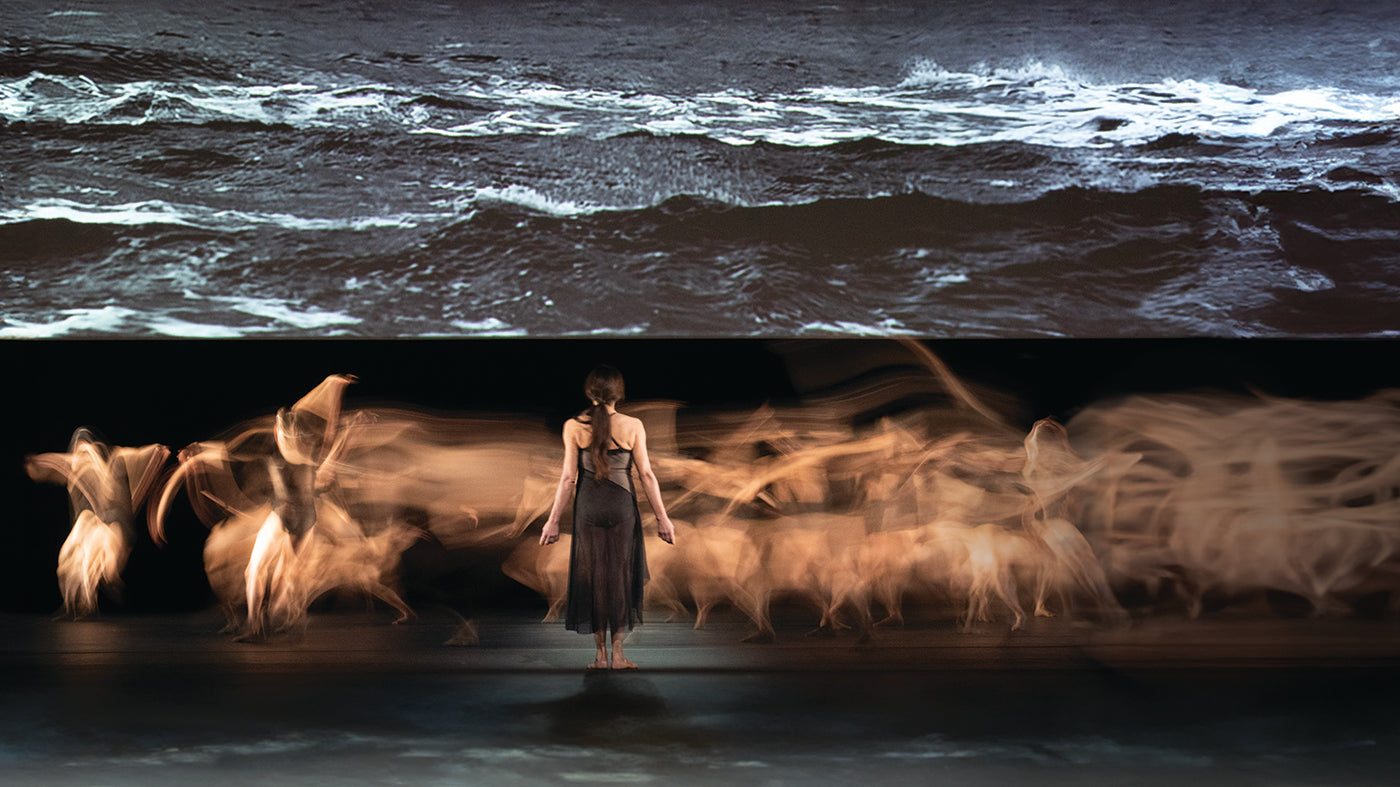


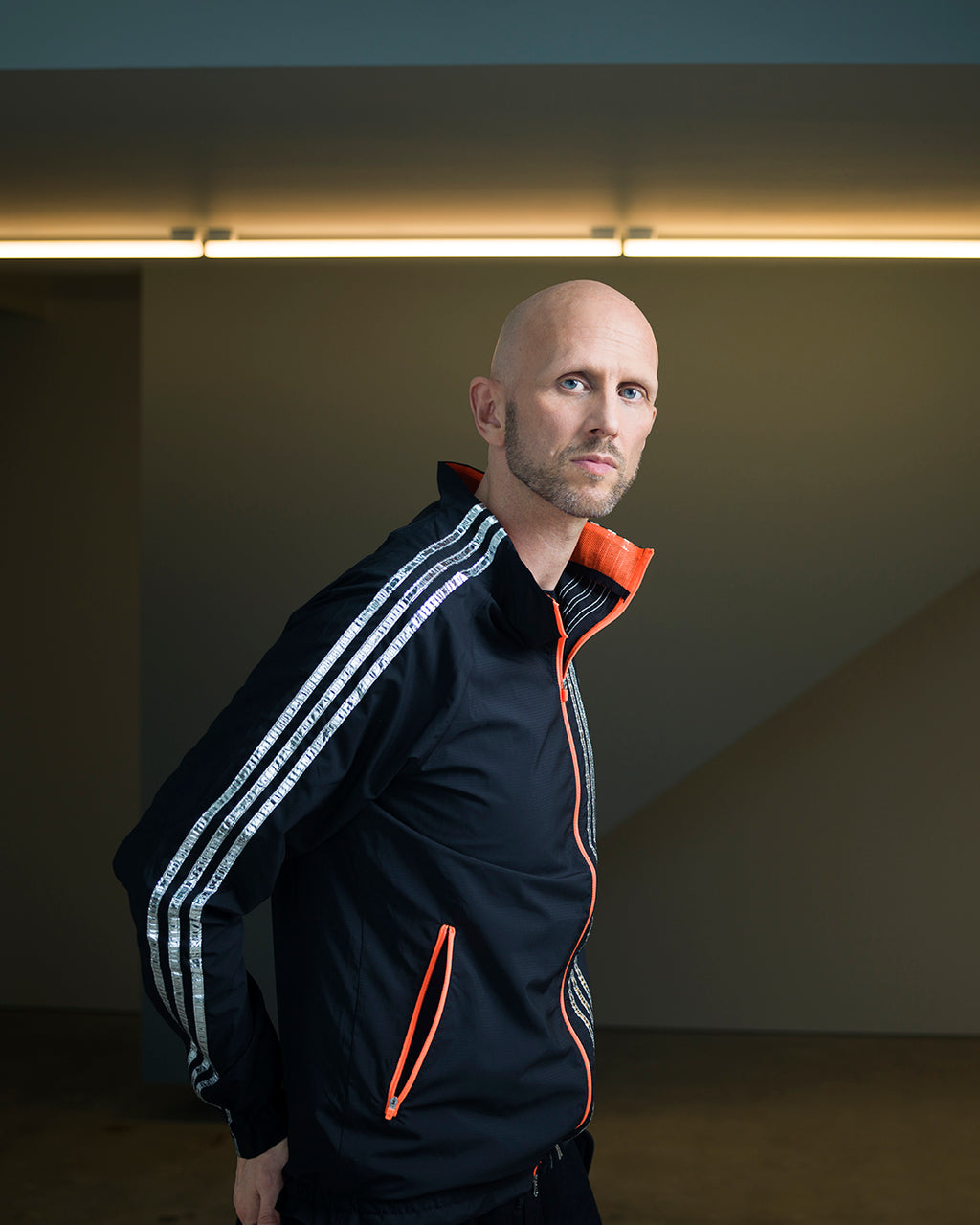
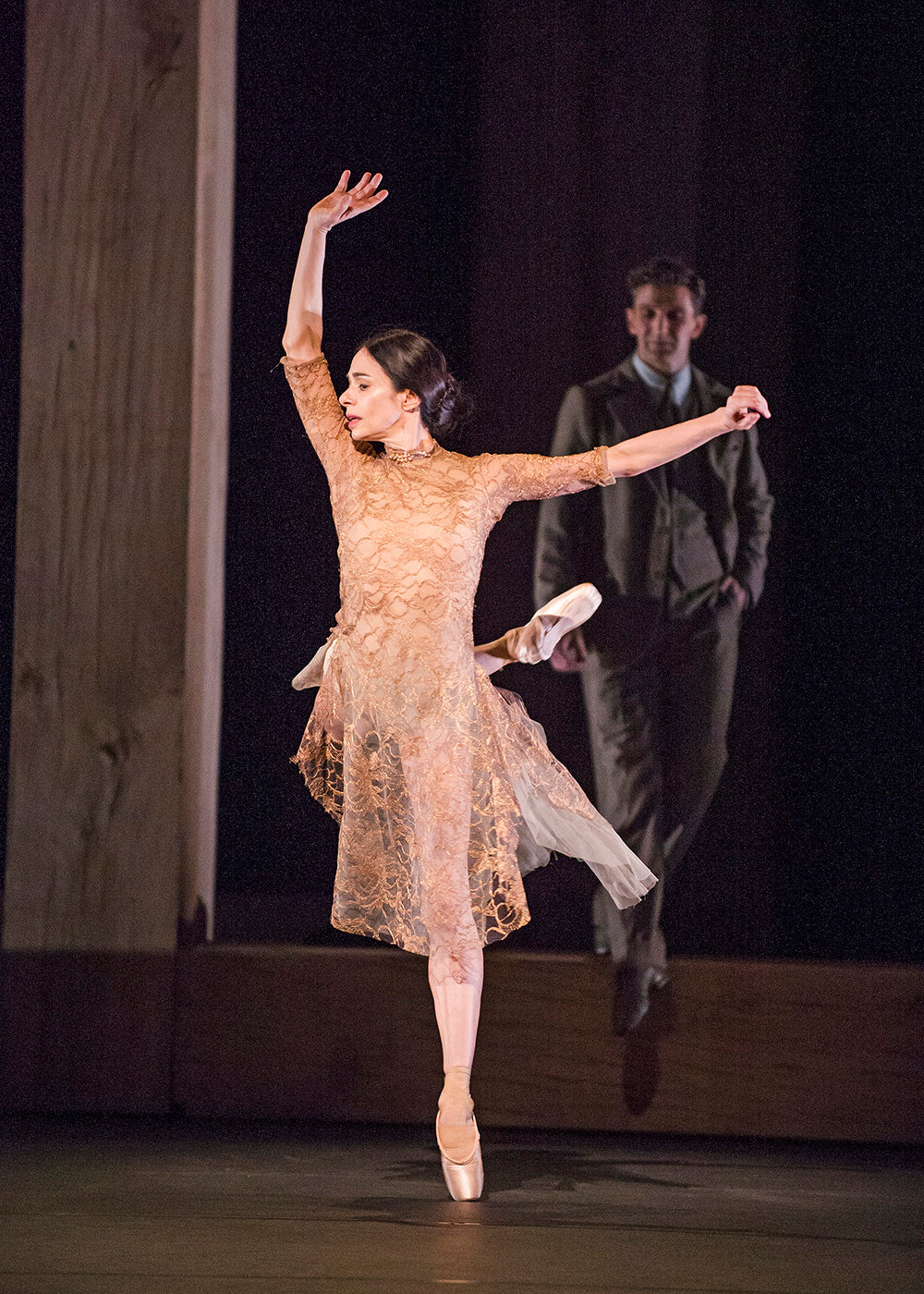
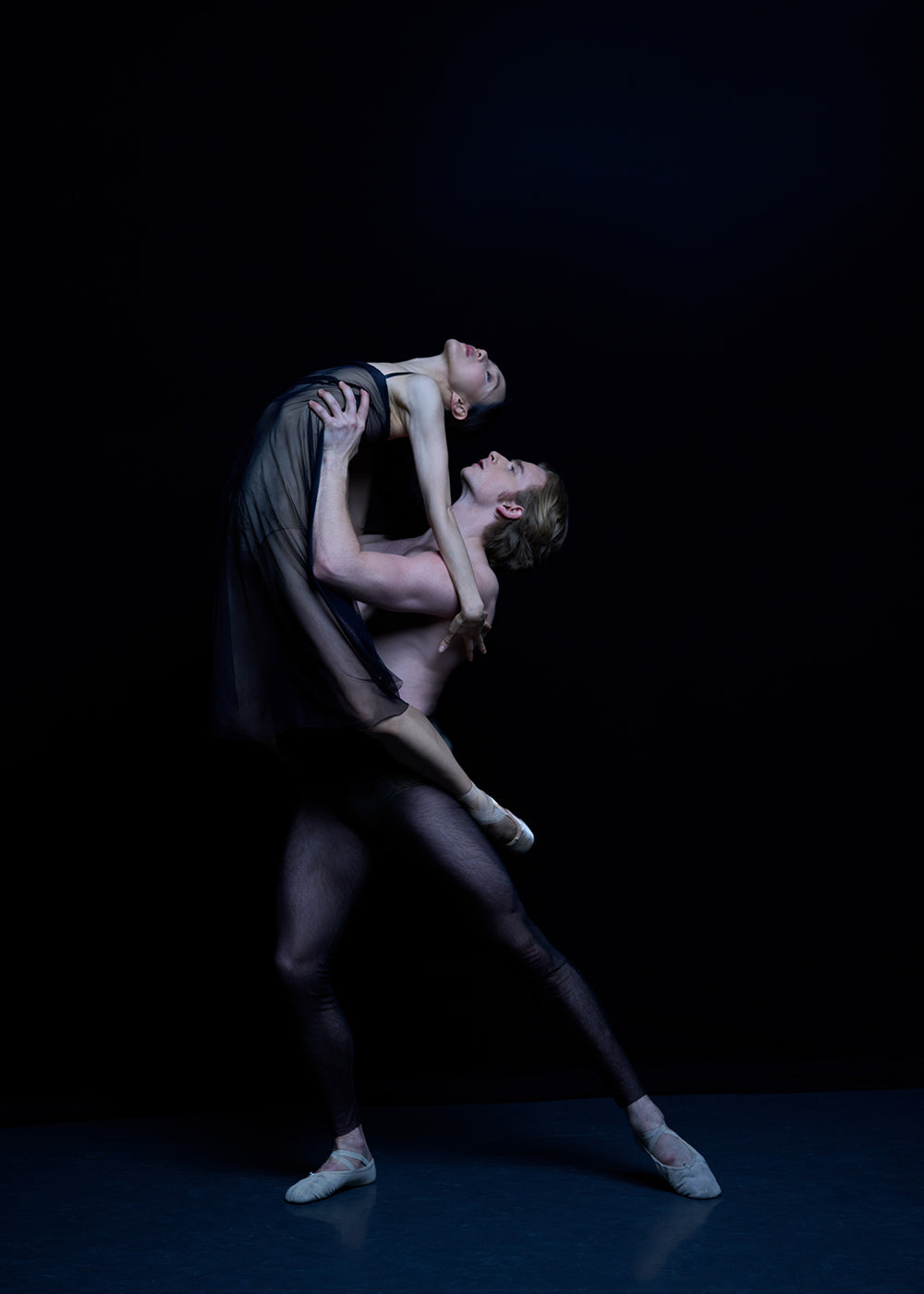
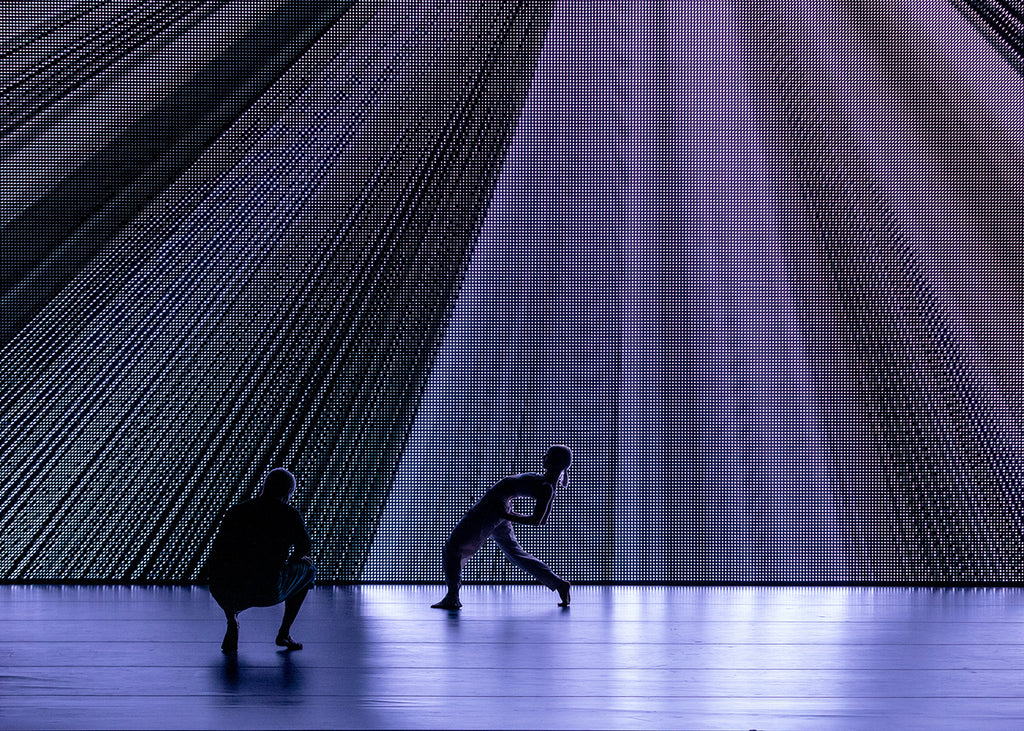
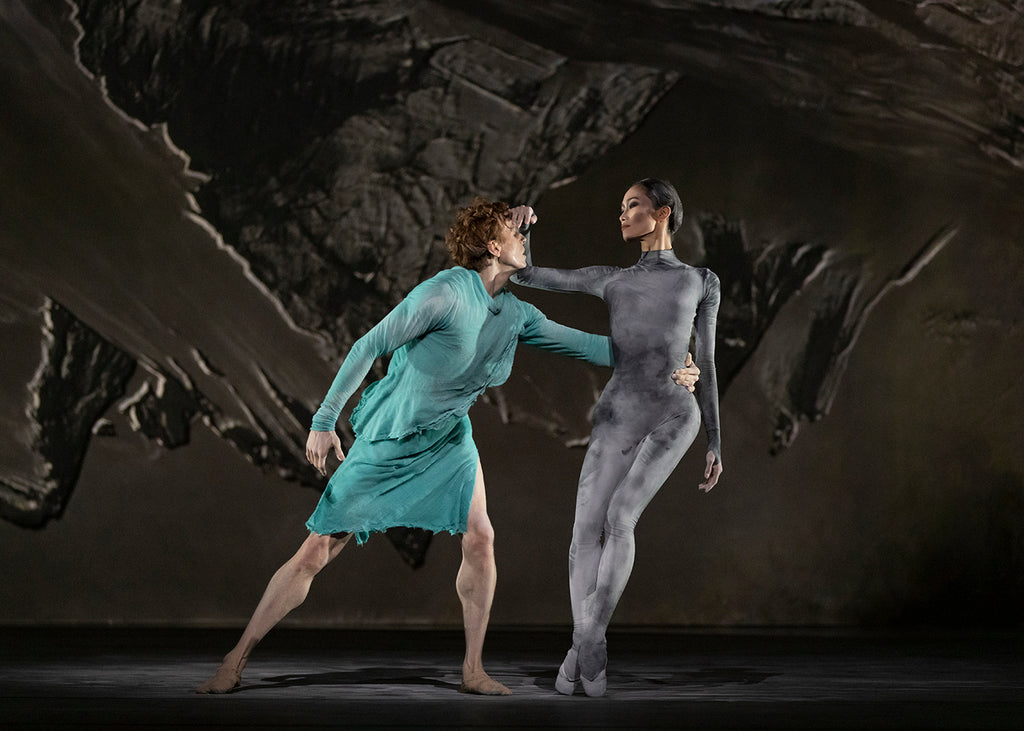




comments